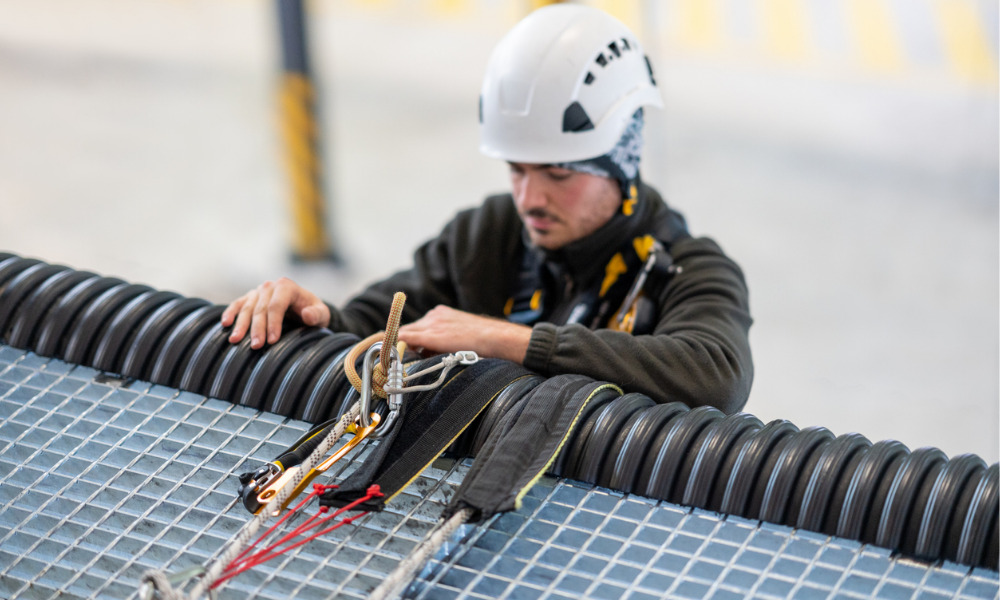Company must pay six-figure fine after worker was fatally injured in a fall

Having a fall protection system at the worksite is not enough to ensure workers are safe, as evidenced by a recent conviction.
Ontario employer Matpol Metal Roof Manufacturing Ltd. was fined $110,000 after a worker was fatally injured from a fall in the workplace.
The employer – operating as Canadian Metal Roof Manufacturing Ltd. – must also pay a 25 per cent victim fine surcharge as required by the Provincial Offences Act. The surcharge is credited to a special provincial government fund to assist victims of crime.
The incident happened on April 6, 2022, at a private residence on Waterloo Street, London, Ont. Matpol was the constructor on a project installing a metal roof on a single-family home. It subcontracted another roofing company to complete this work.
On the day of the incident, a worker from the subcontracted company was installing metal sheathing on the second-storey roof of the building. During that process, the worker fell to the ground and suffered fatal injuries.
Fall protection equipment was available on site for use at the time of the incident. However, the worker was not wearing fall protection when they fell from the roof, a Ministry of Labour, Immigration, Training and Skills Development investigation found.
“Matpol Metal Roof Manufacturing Ltd. failed, as a constructor, to ensure that where a worker is exposed to a fall of more than three metres, and it is not practicable to install a guardrail, the worker shall be adequately protected by a method of fall protection, as required by section 26.1(2) of Ontario Regulation 213/91 and contrary to section 23(1)(b) of the Occupational Health and Safety Act,” said the Ontario government.
Occupational health and safety laws generally require action when a worker has the potential to fall about 3 metres (10 feet), noted the Canadian Centre for Occupational Health and Safety (CCOHS). It added that, in most cases, fall protection is required when:
- other means of fall protection are not available or possible, such as guardrails
- working at a height of 3 metres or more (permanent and/or temporary work areas)
- working at a height of less than 3 metres when the surface below could cause a greater injury than just the fall (e.g., machinery; risk of drowning in water or other liquid; open tanks, vats, or pits containing hazardous materials; materials that can shift)
- a worker may fall through an opening in the work surface
- it is determined that fall protection is necessary





